Louisville football has taken some deserved heat for its defensive performance in recent years. However, in the season opener against Syracuse, it was the offense that was a major letdown.
Looking back at a nightmare season opener for Louisville football will never be more painful than it is right now.
With that in mind, I feel that there had been much fodder on social media and otherwise that doesn’t quite paint the right picture concerning the issues the Cards had against Syracuse.
My main concern with the narrative around the team is the blame placed on the Louisville football defense.
While there were plenty of issues on the defensive side of the ball that need to be shored up going forward, I think it’s time to take a look at an offense that scored 7 points against a team it averaged 44 points per game against in the three seasons prior.
Zero offensive rhythm
Consider this: The Louisville football defense allowed three straight scoring drives to start the game; A field goal and two TDs.
After those drives, the defense held Syracuse to 3.6 yards per play.
Meanwhile, the Louisville offense was a hindrance to the defense from the jump.
In the first half, Louisville drove to the two yard line and turned the ball over on downs. Later, they threw an interception in the endzone to halt another promising drive.
On consecutive possessions, Louisville punted, threw an interception, threw another interception deep in its own territory, and then fumbled in the opposing redzone.
Meanwhile, Syracuse’s final 6 drives went for -9, 30, 29, 13, 25, and 28 yards.
Early in the game, I posted a Tweet noting that we shouldn’t judge the Louisville football defense based on the first few drives of the season.
These drives are largely scripted and have been in place since fall camp. Syracuse came ready and it was up to Louisville to respond.
I’d say allowing 116 yards for the final 6 drives and 153 yards on 7 out of 10 total drives is about as good as we should expect from this Louisville defense- Especially against a team with an All-American running back.
Questioning the playcalling
Louisville football fans, since the dawn of the Satterfield era, have questioned why UofL runs the ball so much on 1st down.
I’d push back, especially this season, arguing that Louisville must establish the run early in order to play to its strengths.
The Cards have an experienced offensive line and a deep backfield that features a high-level back in Tiyon Evans.
However, critics are right in that going to the same running plays over and over was not going to be the formula for success against a loaded Syracuse box.
As a result of the early down play calls, Louisville played most of the game behind the sticks.
On first down in the first half, Louisville:
Ran 8 times for 24 yards (3 yards per carry)
Passed the ball twice for 45 yards (Cunningham 0/1; Smith 1/1, 45 yards)
In totality, on first down, Louisville gained:
Rushing yards: 58
Passing yards: 119
Removing the best rushing play (19 yards) and passing play (45 yards) on first downs, Louisville ran for 39 total yards and passed for 74 total yards on first down plays.
On second down, Louisville:
Ran 8 times for 63 yards
Passed 10 times for 44 yards
Tiyon Evans’ 39-yard touchdown run was a second-down play that was preceded by a 4-yard Evans run.
Overall, Louisville ran the ball on 21 plays and passed 19 times on first and second downs.
On third down, Louisville was forced to pass 7 of 11 times, resulting 35 yards gained, accompanied by a sack and an interception.
The Cards often found themselves in 3rd and long situations, running the ball twice on third or fourth down and more than 8 yards.
Should the Cards have passed more on early downs? You be the judge.
Trending in the wrong direction
Hindsight is obviously 20/20, but there is certainly a trend that opponents are picking up on.
Louisville likes to run the ball early and often, and if you can stop the Cards from getting into a rhythm on offense, you have a very good chance of winning the game.
Sure, passing the ball on first down could result in an incompletion. The argument is that Louisville runs the ball to net positive yardage on the first play of a set of downs. However, consider that Louisville had first down rushing plays of 4, 2, 2, 4, 4, 2, 2, 0, 2, 3, and 3 yards. Meanwhile, only 2 pass attempts on first downs resulted in incompletions, while every other first down completion went for 5 or more yards.
Situational playcalling is crucial for offensive success, and after one game, the evidence is there that you can make Louisville football one-dimensional and keep them behind the chains by letting them play right into your hands.
Aggression has to be the name of the game for the Cards going forward. The offense has to win games for UofL and stop putting the defense into unmanageable situations.
It’s time for Louisville football to make some changes. There is too much at stake not to take some chances early.

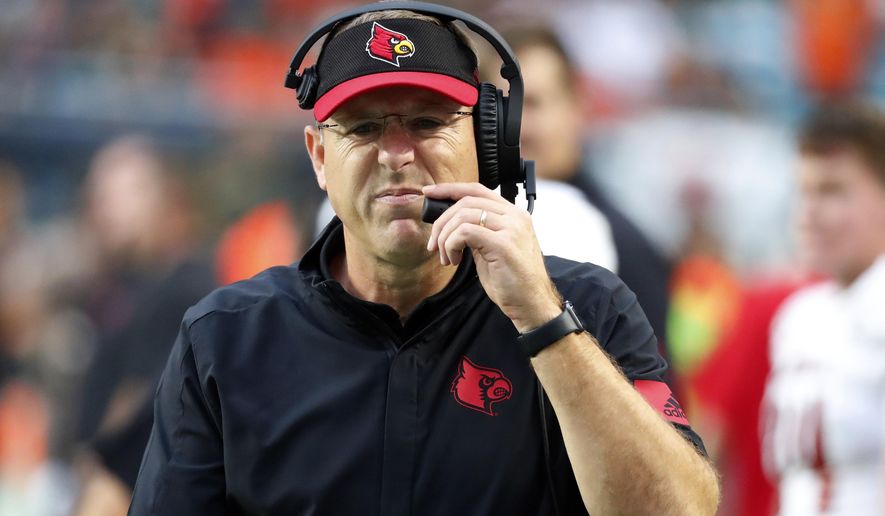
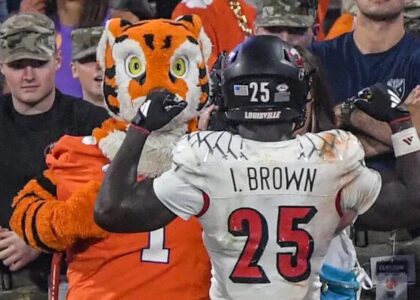
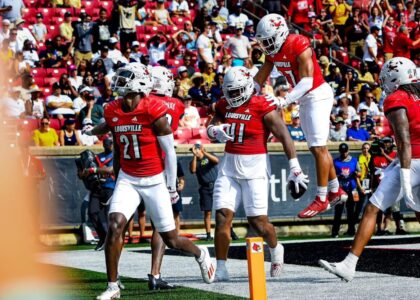
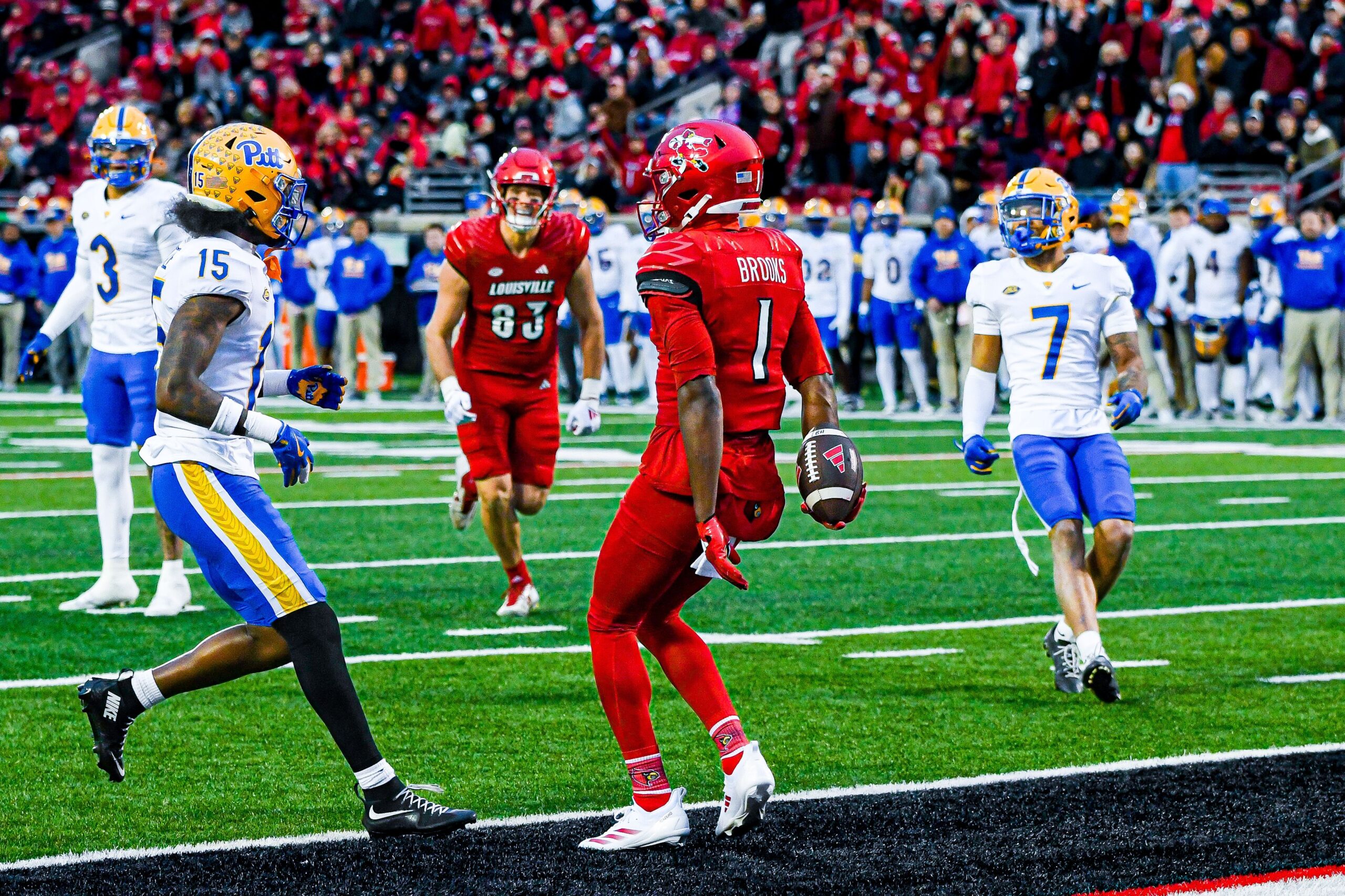
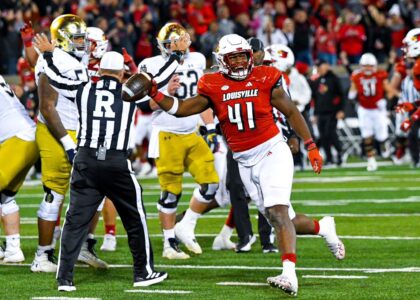
The blame for that can be laid on the coach calling the plays. He called the same plays that haven’t worked for the past three years. Let’s plow that row again seems to be the operating philosophy. It’s time for Satterfield to pack his bags and go.
Agree, he needs to be replaced, If there is a buyout for Satterfied, how much is it?
In watching the FSU/LSU game I couldn’t help but notice the large number of pass plays that utilized the 5-7 yard slant or a quick hitter to the flat and the pressure relief dump to the running back. Both teams were pretty efficient with those type of pass plays.
It seems we are always looking downfield in the 15-20 yards plus range. it also appears that Malik telegraphs and holds the ball 2tics2long.
He also doesn’t distribute the ball very well. Always going to the same guy.
Just observations, haven’t broken the games down like you have.